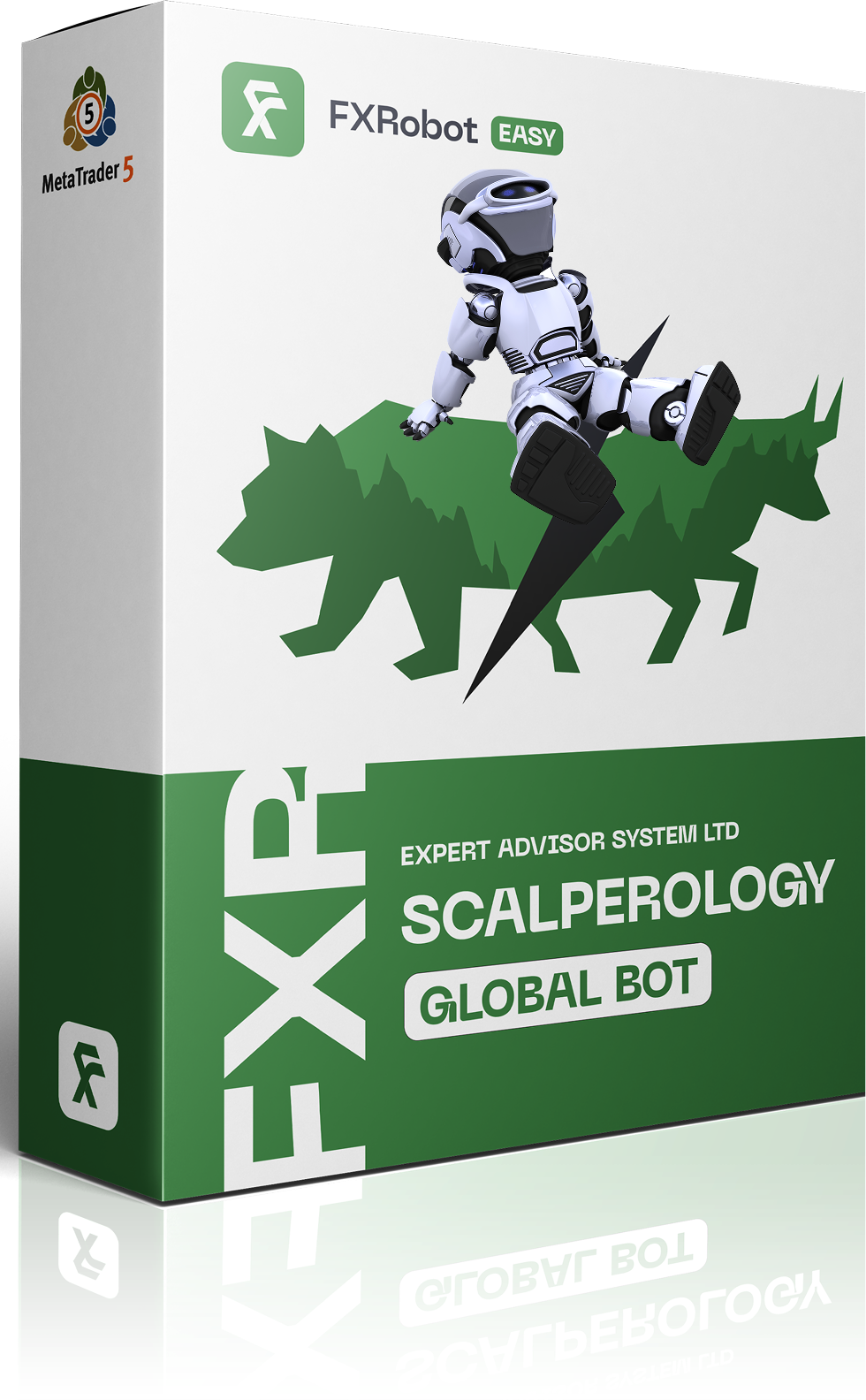Introduction: Get Your Nasdaq Game on with MT5 🚀
Traders, let’s get straight to the point: the Nasdaq isn’t just a ticker with a tech bias-it’s your playground for catching fast moves and riding trends. but how do you crack this beast on MetaTrader 5 (MT5)? The secret’s in your indicators-those on-chart tools that give you the trader’s third eye. stick around, and I’ll break down my real-world setup for the Nasdaq MT5 indicator game: what flies, what fails, and practical hacks for both newbloods and veterans.
Nasdaq on MT5: The basics and Why It Matters
For the record: MT5 is a multi-asset platform, but a lot of traders don’t realize you can track and trade the Nasdaq index (NDX, Nasdaq 100) just as smoothly as Forex or gold. What you need is a reliable data feed (your broker has to offer index CFDs) and the right indicators to read momentum, reversals, and fakeouts.
- Indicator (Indi): Visual tool showing market data-trend, volume, volatility, etc.
- CFD (Contract for Difference): A way to trade price movements without owning the asset.
- Fakeout: Price action that pretends to break a level, only to snap back-classic stop hunter’s tool.
Trading the Nasdaq isn’t just about pressing buy/sell. The right indicator setup on MT5 is a cheat code for clarity in the chaos, especially given how Nasdaq likes to move in fast, sharp waves.
Basic Strategies: Indicator Setups that Actually Work
Let’s talk shop.Most traders stack their charts with indies like a Christmas tree-bad move. Less is more.
Here’s my trimmed-down list for Nasdaq trading on MT5:
-
Moving Average (MA):
- SMA (Simple MA): The average price over X candles. Eases out noise. For Nasdaq, 20 and 50-period SMAs work great for trend direction.
- EMA (Exponential MA): More weight to recent candles. Faster reaction for scalps.
- RSI (Relative Strength Index): Measures “overbought” (price too high,due for a drop) or “oversold” (price hammered,bounce incoming) zones. I use 14-period RSI-clean, tried and true. Nasdaq loves to overextend,so RSI divergences (when price and RSI move opposite) can signal juicy reversals.
- MACD (Moving Average Convergence Divergence): A combo of MAs showing trend change. Default settings (12,26,9) work for me. when MACD line crosses the Signal-momentum shift, prime for entry.
- Volume/Order Book Indis: Added bonus, not required. Helps confirm fakeouts-if price spikes with no volume, watch for snapbacks.
💡 Pro tip: Only add new indicators if you know what each one brings to the table. indicator bloat = more confusion, less profit.
How to Set Up Your Nasdaq Indicator on MT5 (Step-by-Step)
It’s easier than most traders think. Here’s a real-world checklist:
- Open an NDX CFD chart on MT5. If your broker doesn’t offer it, time to shop around.
- Click “Insert” → “Indicators” and select your weapon (MA, RSI, MACD, etc.).
- Adjust parameters.For exmaple, set SMA to 20 periods. for RSI, start with 14.
- Move, resize, or color-code the indi windows for max readability.
- Test different timeframes. Start with 15m for intraday action, go up to H1/H4 for swing plays.
If manual tuning makes your head spin-worth a look at auto-analysis tools like EASY Set Analyze from ForexRoboteasy.com. It scans your asset and fine-tunes indicator settings without the endless back and forth.
Case Study: My Go-To Nasdaq Setup
Real talk: I’m not a “one setup fits all” guy, but here’s my bread-and-butter for Nasdaq sessions:
- 20 SMA: Defines the trend.
- 14 RSI: Spots overbought/oversold areas. Divergence = beware price reversals.
- MACD: Keeps me out of chop-confirms when trend strength is on my side.
- Markers for session opens (New York/London overlap = high volatility, best for Nasdaq).
Plan:
- Scan for Nasdaq trending above/below the 20 SMA. that’s the highway.
- RSI pushing above 70 or below 30? Start watching for reversals-big tech stocks tend to drag price back to the mean.
- MACD crosses = Go/no-Go signal: enter only when all three line up (trend, momentum, and entry timing).
- Volume spike confirms I’m not chasing a ghost candle.
Example: Nasdaq pumps through the 20 SMA, RSI at 75, but MACD’s still bullish and volume is legit-ride the trend with a tight stop below the last swing low.
Note: Perfect entries are rare. Don’t FOMO (fear of missing out)-wait for your setup.
Practical Mistakes Traders Make with Nasdaq Indicators
I’ve paid my market tuition. These are classic traps-avoid them:
- Stacking too many indicators-confusion leads to missing real signals.
- Trading against the trend as “RSI says so”-wait for confluence, not just one indi’s opinion.
- Ignoring news releases-Nasdaq gets wild when tech giants report earnings or Fed talks money. Ignore the calendar at your peril.
- Neglecting stop-losses-this market can flip in seconds. Tiny stops are better than giving back days of gains in one bad trade.
- Chasing every candle-patience is your best indi. The market opens opportunities every day.
💡 You can test your approach risk-free using demo mode in MT5 or check Live Trading signals at ForexRoboteasy.com for ideas-real-time stats, so you know what’s hot and what’s not.
Real Trade Example: Nasdaq on MT5 With Indicator Combo
Let’s break down a full cycle:
- Pre-market: Major tech earnings on deck, heightened volatility expected. 20 SMA flat, RSI near 50-neutral, so I wait.
- Market open: Price jumps above 20 SMA, RSI pops to 65.MACD histogram ticks green. Volume increasing.
- Entry: I long (buy) with stop just below the 20 SMA.
- Ride: Price continues up, RSI hits 80-caution, but MACD still bullish, volume stays strong.
- Exit: MACD starts to flatten, volume drops off, RSI reverses. I close, take profit.Clean +60 points.
Result: Not every trade is this textbook,but sticking to indicators with discipline keeps you out of “hope and pray” mode.
Automation: Where EASY Bots Shine
Not every trader wants to stare at charts all day. EASY Bots from ForexRoboteasy.com are AI-driven systems that can run the setups you hand-tune, but on autopilot. Especially handy for catching Nasdaq signals when you’re sleeping or busy-just know, testing is crucial!
These bots use strategies similar to what we discussed-trend rides, momentum entries, stop management. Even pros use them to take some edge off chart fatigue. Want to see something real? The Live Trading section shows their recent track record-transparent and updated.
Checklist: Fine-Tuning Your Edge
Before you trade Nasdaq with indicators on MT5, run this fast list:
- Is my setup simple? (3 indies max)
- Is there trend agreement (SMA, higher timeframe)?
- Do all signals line up? (RSI, MACD, Volume confirm entry)
- Is news/event risk under control?
- Are stop-loss and take profit clear and safe?
- Have I demo traded my setup?
- Do I review my mistakes and learn fast?
If you want trusted indicator settings, not just wild guesses, check out the free signals or the EASY Set Analyze tool.
Summary: Don’t Just Follow-Make your Own playbook
Whether you’re scalping quick Nasdaq spikes, swinging through tech earnings season, or testing bots, the MT5 indicator toolkit gives you the map-but you have to steer the car.
Remember:
- Simplicity beats indicator overload.
- Patience pays more than bravado.
- Methodical setups and risk rules are your daily bread.
- let technology save you time,but always test before you trust.
Want to stay sharp? Hop into our telegram-bot for signals, tips, and live Nasdaq action. Safe pips and clean trades to all! 📈

